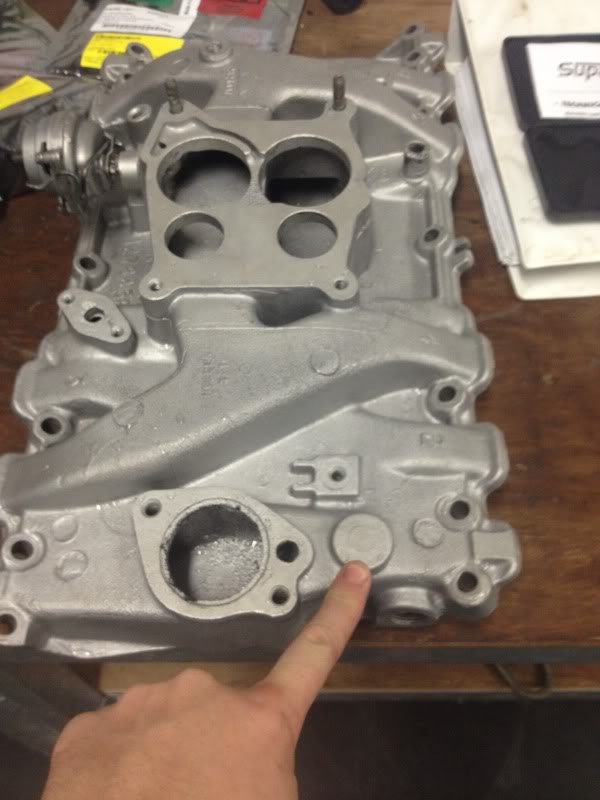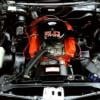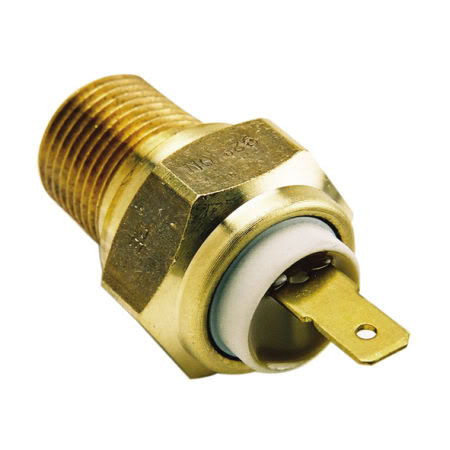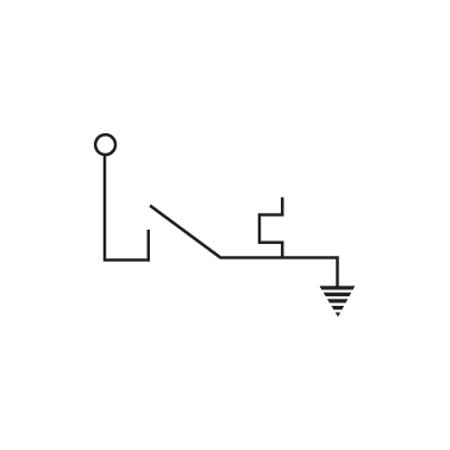My 2 cents here.
Looking at all new cars, the
fans are triggered by the computer which gets its temp feed from the engine temp sensor, I havent seen any temp sensors on the radiator.
That being said, I have never experienced the
fans triggering on new cars from heat soak when restarting on a hot day(dont know how they engineer that not to happen), unlike what happens when we fit elec
fans to older cars where the sensor is the engine block or top of the radiator, While to some that may not matter, I find it a little crude that the
fans start up when they aren't needed in this situation.
For the reasons above, imho, the temp sensor for our older cars is best in the bottom tank of the rad. It is less sensitive here to the effects of heat soak and will function just fine.
Wont the motor run hotter due to the sensor being colder at the bottom of the radiator? In conditions where you'll be using your
fan?no. At standstill there wont be much of a temperature gradient at all across the radiator.
What about on the move? No, at best at speed and with adequate coolant flow there will be a drop of only 2-5 degrees from top to bottom,
fan switch on could vary by 5 degrees or so accordingly.....people claiming they need to run the motor at tighter tolerances than that? tell em they are dreaming! Ideal engine operating temp(for power and economy) should be somewhere near full opening of the
thermostat.
The idea of elec
fans is that they are there to stop the motor overheating in low flow air conditions, not keep the motor at the ideal temp for cruising etc.
Top tank I believe does have problems if the coolant level drops below the level of the fins. This wont be a problem with the bottom tank.
If you put it in the bottom tank and something happens to limit water flow (like a thrown belt) the tank temp will be low even though the engine is cooking.
The
fans coming on in the above if you have a eng mounted sensor may cool the outside of the engine, but its not going to really make a difference to the real problem of no water circulating regardless of where the blockage is.
What should be understood and not confused here is that the
temp sensor for the temp gauge must go in the engine block.
Yes, its good to have a gauge so you can monitor what is happening, what temp
thermostat is opening, how close to overheat it is getting on hotter days so you can pick up problems before they become big problems, but what many overlook is actually keeping or installing a temp warning
switch light/buzzer....for the situations where you do throw a belt and the thing could overheat in less time than you periodically check the gauge, same goes for oil
Edited by torbirdie, 12 March 2012 - 06:25 AM.























